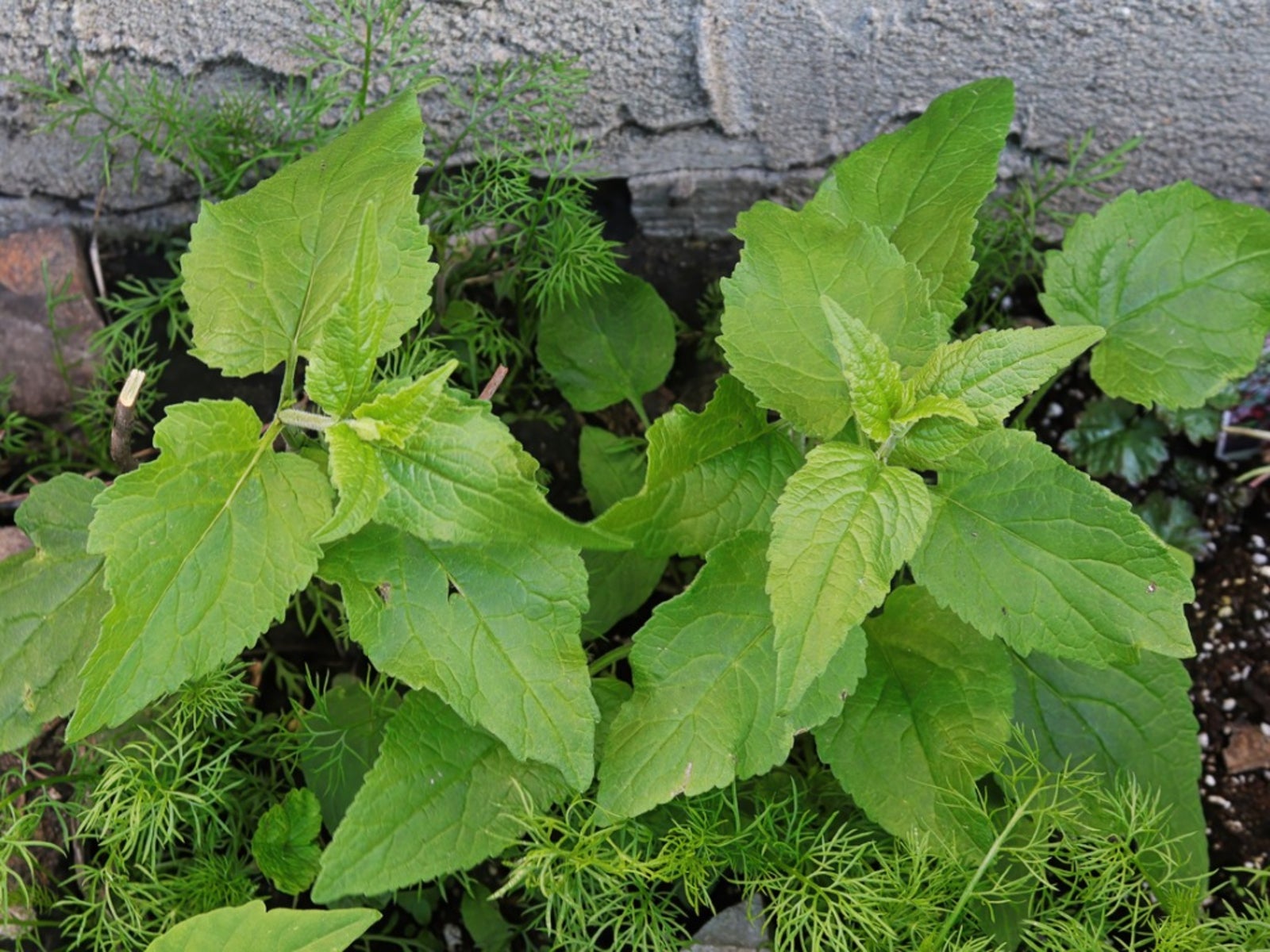Invasive Plant List: Learn About What Plants Are Aggressive

Invasive plants, also known as aggressive garden plants, are simply plants that spread rapidly and are difficult to control. Depending on your landscaping needs, aggressive plants are not always bad. Wide-open spaces, areas where nothing else grows, steep hills, or meadows are often covered with plants that are known to be invasive. Some invasive plants are also used for erosion control. However, to those with a small, organized garden space, aggressive plants can quickly become a nuisance.
Identifying Invasive Plants
The best way to avoid problems in the landscape is to become familiar with what plants are aggressive. Identifying invasive plants is key to controlling them. Invasive plants seem to swallow everything up in their path. They wind their way around other vegetation, spread wildly, and seem nearly impossible to tame. Many plants that are known to be aggressive spread by underground rhizomes. Propagation of this nature makes keeping plants confined difficult at best. Other invasive plants are prolific self-seeders. The key to dealing with these plants is to pull out seedlings before they become established.
What Plants are Aggressive?
For a complete invasive plant list for your region, it is best to visit your local Cooperative Extension Office. However, the following popular garden plants may become a problem, especially in a small area, and should be added to your invasive plant list regardless of location:
- Hollyhock
- Mallow
- Lamb's ear
- Yarrow
- Bee balm
- Bachelor button
- Creeping bellflower
- Lily-of-the-valley
- Yucca
- St. John's wort
- Money plant
- Bugleweed
- Snow on the mountain
- Catmint
- Spearmint
How to Confine Invasive Plants
Upon identifying invasive plants in the landscape, you'll need to know how to confine invasive plants before they become a problem. The best method for controlling aggressive garden plants is through the use of containers or continual pruning. Confine invasive plants to pots, making sure that the roots do not spread out through drainage holes or out of the sides of the container. Lining containers with weed fabric will help prevent roots from escaping. Weekly weed eating works well for plants that are used as a groundcover, while pruning of vines keeps most other types of aggressive garden plants under control.
Gardening tips, videos, info and more delivered right to your inbox!
Sign up for the Gardening Know How newsletter today and receive a free copy of our e-book "How to Grow Delicious Tomatoes".
-
 How To Make A Bouquet Garni Or Herb Bundle For Cooking
How To Make A Bouquet Garni Or Herb Bundle For CookingIf you’re a great cook, you may have made an herb bundle before. If this is a new idea, learn how to add sparkle and interest to your dish with a bouquet garni.
By Amy Grant
-
 ‘Coral Charm’ Peony Care For Sublime Semi-Double Peonies With Lush Salmon Pink Flowers
‘Coral Charm’ Peony Care For Sublime Semi-Double Peonies With Lush Salmon Pink FlowersPeonies are known for their soft baby pink or magenta tones, but if plushy coral blooms are your thing, here’s our guide to the ultimate ‘Coral Charm’ peony care
By Tonya Barnett